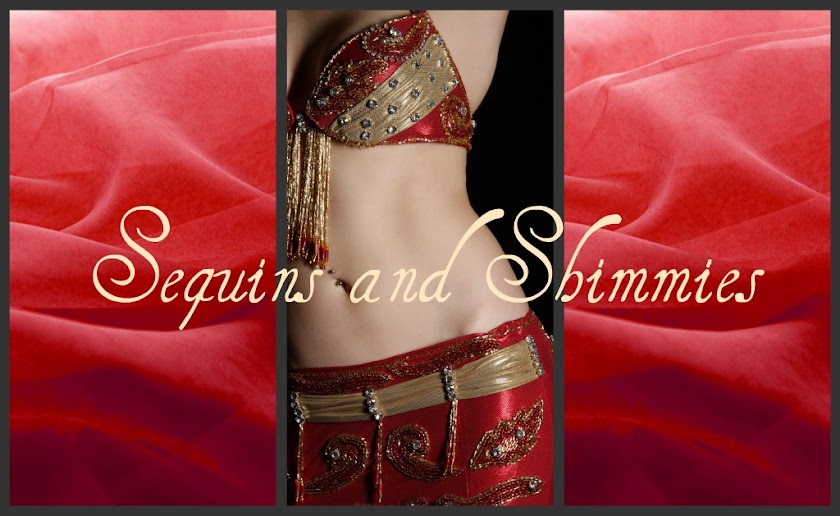As we approach the Thanksgiving holiday, I always like to take a break from dance related topics and take a moment to reflect deeply on gratitude. If you'd like to read last year's post on gratitude, you can find it here. Additionally, if you previously read my post regarding my goals for the year, you already know that boosting my gratitude practice has been on my radar for the entire year and not just for the upcoming holiday.
It can be easy to feel gratitude when things are going well. That's why for this post I wanted to focus on expressing gratitude in those times when it's hardest to do so: when we face adversity, opposition, and trials. The times when we feel beaten down and strung through the ringer. When we'd rather cry than crack a smile.
While I've had some great moments and accomplishments this year, I've also been experiencing my fair share of trials and tribulations. Starting back in March, I began having stomach issues. My symptoms have been so severe that there are days I can't really function as a normal human being. So severe that I've been tested for everything under the suspicion that I may have Crohn's Disease, cancer, or some other terrible illness. I've had to cancel multiple sets of classes and shows. I've been late to work and had to back out of plans with friends and family. There are some days I feel racked with anxiety at the thought of leaving my house because I don't know how I might feel later in the day. I've cried during a friend's wedding ceremony, not out of joy for the happy couple, but out of crippling pain.
However, after months of testing, the only diagnosis my doctors can come up with is IBS-D. While I'm certainly happy and relieved that I don't have cancer or something else of that nature, I'm also frustrated with this diagnosis because it doesn't really mean anything and it doesn't correlate to any specific treatment. Thus, I'm continuing to search for answers and a course of action that can get my body back on track.
Since the process of trying to figure out what's wrong with me has been so drawn out there have been many days where I've felt beaten down and emotionally brittle. Where I've sat on the couch and cried because when I look into my future, it's hard not to see never-ending day after day of continued illness. But it's because of this that I feel it all the more important to focus on what I have to be grateful for in my life, and even more specifically, what I have to be grateful for from undergoing this illness. There have been lessons I've learned and growth that I've experienced because of being sick that I don't think I would have experienced otherwise. With our national day of thanks just around the corner, let me share my reasons for gratitude with you.
- Being ill has exponentially increased my level of compassion for others who are suffering from chronic and/or severe illnesses. Yes, of course, I've always felt bad for those who were sick, but experiencing a chronic illness first-hand has made me realize how depressing and debilitating it can be, not only on a physical level, but on a mental and emotional level as well. Since I've been sick, I find that others confide in me more frequently about their own health struggles. I've had people tell me about their battles with breast cancer, brain tumors, Crohn's Disease, and a myriad other diseases and health conditions. There are unfortunately a lot of sick people out there, and if you are one of them, I can truly and sincerely say that my heart and my empathy extend to you.
- Being ill has made me truly appreciate my husband and his love for me. Its easy to love and get along with someone in the good times, but it's in the bad times that you see what people are truly made of. My husband has been by my side, holding my hand, showing me love, and trying to cheer me up. Without his help, I couldn't have gotten through this and for that I am deeply thankful.
- Being ill has made me appreciate good health! It's so easy to take feeling "normal" for granted, but man oh man, do I now look back on former days of health and realize I should have appreciated them in the moment. So now, when I do get a good day here and there, I cherish and appreciate it wholeheartedly.
- Being ill has solidified to me that you really only need your basic needs in life to be met to be happy. Its so easy to get caught up in the daily toil and grind and think the grass is greener somewhere else. To think that once we get to that special place just out of sight, we'll finally be happy. But that place is actually right here. Assuming you have your basic human needs met, you don't need to be any other place or accumulate any other possessions or accomplishments. Stop waiting, and be happy now!
Photo Credit: Unknown






